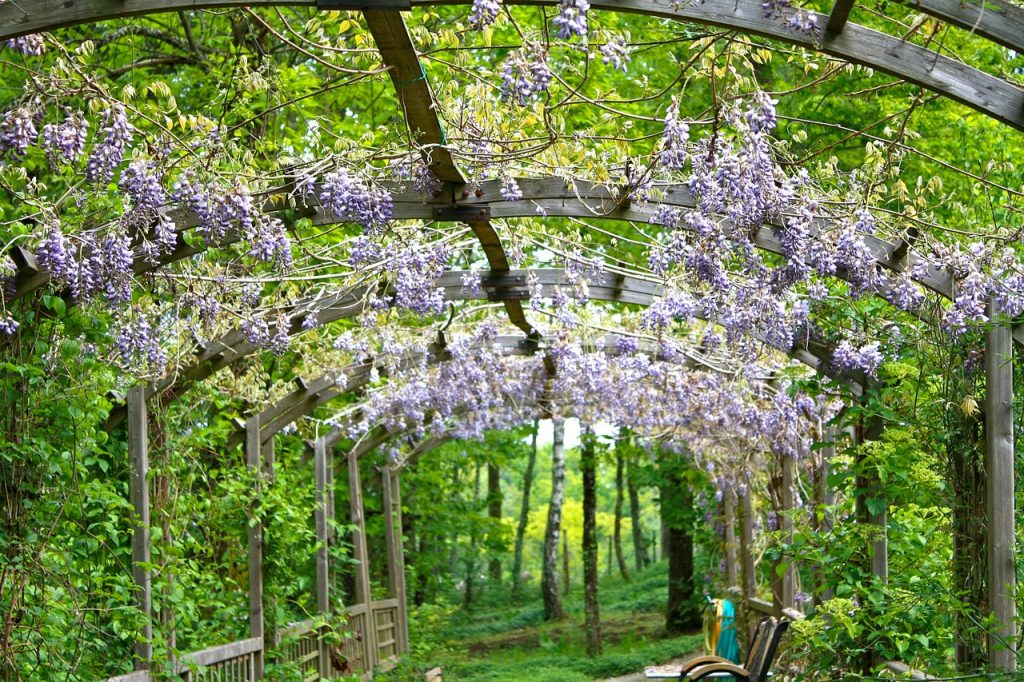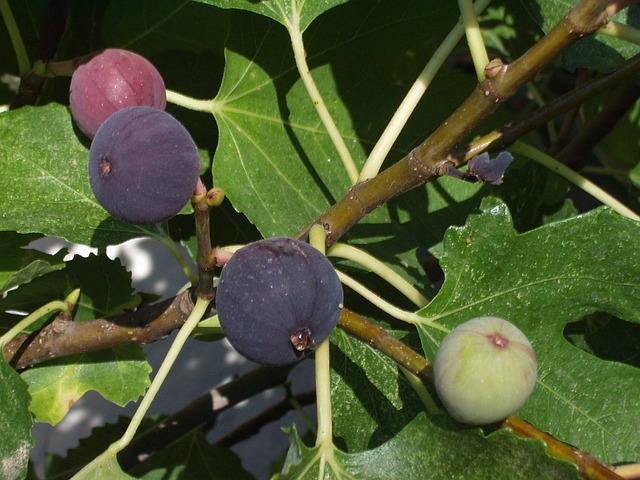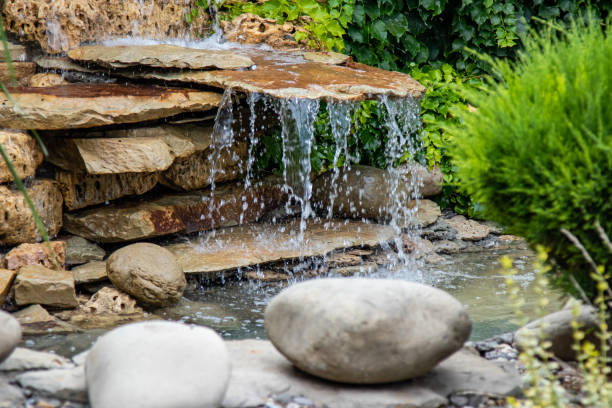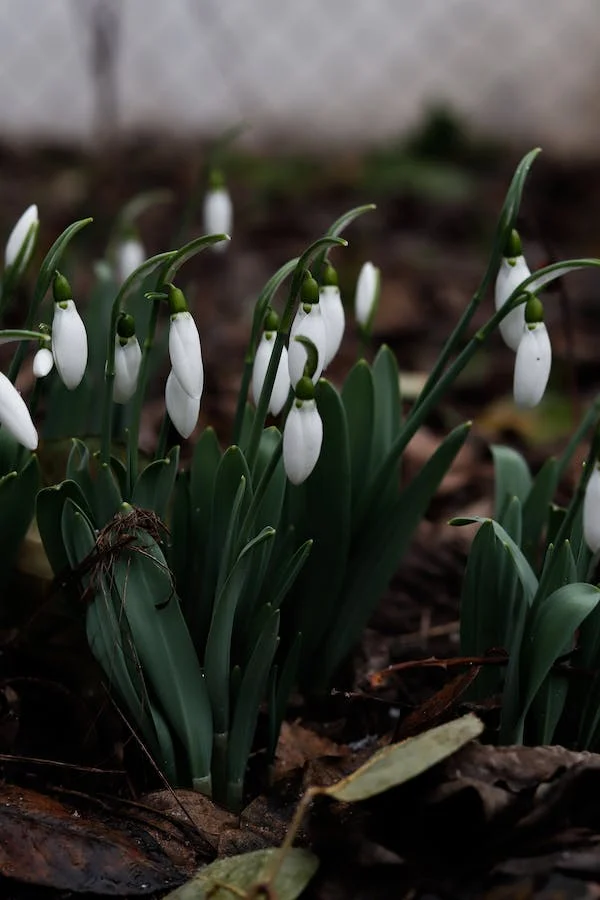How to Prune Overgrown Wisteria Plant? 2 best seasons
Wisteria, known scientifically as Wisteria Sinensis is a striking and beloved flowering plant that graces gardens with its cascading, pendulous clusters of blossoms. This genus of plants, which belongs to the Fabaceae family, encompasses various species and cultivars, each celebrated for its ornamental beauty.
Native to East Asia, particularly China, Korea, and Japan, wisteria has become a symbol of elegance and grace in garden landscapes worldwide.
These deciduous, woody vines are particularly famous for their enchanting display of flowers, which typically bloom in the spring or early summer, filling the air with a sweet, intoxicating fragrance and transforming outdoor spaces into captivating, picturesque scenes.
How to Prune Overgrown Wisteria Plant?
There are a lot of methods of pruning the Wisteria Plant in mostly two best seasons seasons.
Pruning wisteria after flowering:
Pruning wisteria after flowering is important to maintain its shape and promote healthy growth. Here are the steps to prune wisteria after it flowers:

Timing:
Wait until after the wisteria has finished flowering, typically in late spring or early summer.
Remove Dead and Weak Growth:
Start by cutting out any dead, diseased, or weak growth. This helps improve air circulation and reduces the risk of diseases.
Selective Pruning:
Identify the long, vigorous shoots (whips) that have grown during the current season. These can be pruned back to about 6 inches (15 cm) from the main stem. This encourages new growth and flowering spurs.
Cut Back Long Shoots:
Trim back any excessively long shoots to the desired length. This will help maintain the shape and prevent the wisteria from becoming too unruly.
Maintain Framework:
Keep the main framework of the plant intact. These are the older, woody branches that provide the structure for the wisteria.
Remove Excess Foliage:
Thin out some of the foliage to allow sunlight to reach the inner parts of the plant. This can help improve flowering and air circulation.
Ongoing Maintenance:
Wisteria can be vigorous, so you may need to perform light pruning throughout the growing season to maintain its shape and control growth.
Pruning wisteria in winter:
Pruning wisteria in winter is essential to maintain its shape and control its growth. Here are the steps for winter pruning:
Timing:
The ideal time to prune wisteria in winter is during its dormant period, typically in late winter, before new growth begins. This is usually in January or February.
Remove Dead and Diseased Wood:
Start by inspecting the wisteria for any dead or diseased branches. These should be cut back to healthy wood or removed completely.
Reduce Excessive Growth:
Wisteria can be very vigorous, so cut back any long, unruly shoots to a more manageable length. This helps maintain the plant’s shape and prevents it from becoming too overgrown.
Selective Pruning:
Identify the main framework branches of the wisteria, which are the older, woody stems. These should be left mostly untouched. Prune side shoots and growth from these branches as needed to encourage flowering and maintain the desired shape.
Spur Pruning:
To encourage flower production, prune back the lateral branches to 2 to 3 buds from the main framework branches. This is where the wisteria will produce flowers in the spring.
Remove Excess Foliage:
Thin out some of the foliage to allow sunlight and air to penetrate the interior of the plant. This improves flowering and reduces the risk of disease.
Ongoing Maintenance:
Continue to monitor your wisteria throughout the growing season, and if necessary, perform light pruning to control its growth and shape.
How to train a wisteria?
Training a wisteria is important to create a well-structured and visually appealing plant. Here are the steps to train a wisteria:
Select the Right Support Structure:
Choose a sturdy support structure like an arbour, pergola, or trellis for your wisteria. Ensure it can handle the weight of the mature plant.
Planting Location:
Plant your wisteria near the base of the chosen structure, allowing it to climb and cover it over time. Ensure the soil is well-drained and rich in organic matter.
Initial Pruning:
After planting, trim the wisteria to a height of 2-3 feet (60-90 cm) to encourage lateral branching. This will help create a bushier and more balanced plant.
Tying and Training:
As the wisteria grows, gently tie its main stems to the support structure using soft plant ties or twine. Allow the side shoots to grow and twine around the support.
Guiding Growth:
Continuously guide the wisteria’s growth along the support structure, ensuring that it covers the intended area evenly. Redirect wayward shoots as needed.
Pruning for Shape:
Regularly prune the wisteria to maintain the desired shape and prevent it from becoming too unruly. This includes cutting back long shoots and side branches as necessary.
Prune After Flowering:
As mentioned in previous responses, remember to prune the wisteria after it flowers to encourage new growth and flowering spurs.
Regular Maintenance:
Keep an eye on the plant throughout the growing season to ensure it is following the desired path along the support structure. Adjust and tie as necessary.
Patience:
It can take a few years for wisteria to establish and produce abundant flowers, so be patient and continue to maintain it for the best results.
Pest and Disease Control:
Monitor for pests and diseases and address any issues promptly to keep your wisteria healthy and thriving.
How to deal with overgrown Wisteria?
Dealing with an overgrown wisteria can be challenging, but it’s necessary to regain control and promote healthier growth. Here’s how to manage an overgrown wisteria:
Assessment:
Begin by assessing the overgrown wisteria to understand its condition, identify problem areas, and determine your goals for pruning.
Heavy Pruning:
In late winter or very early spring, perform heavy pruning to reduce the size and shape of the wisteria. Cut back long, unruly branches and stems to the desired length. You may need to cut some branches all the way back to the main framework.
Thinning Out:
Thin out the interior of the wisteria by removing some of the congested growth. This will improve air circulation and reduce the risk of diseases.
Prune After Flowering:
As with regularly pruned wisteria, remember to prune after flowering in late spring or early summer to encourage new growth and flower production.
Selective Pruning:
Continue to perform selective pruning throughout the growing season to maintain the desired shape and prevent excessive growth.
Tying and Training:
Re-establish the wisteria’s growth along the support structure, tying and training it to cover the area evenly.
Regular Maintenance:
Monitor the plant regularly and perform light pruning and maintenance as needed to keep it in check.
Patience:
Overgrown wisteria may take some time to regain its desired shape and size. Be patient, as it may take a couple of growing seasons for the plant to recover and produce abundant flowers again fully.
Regular Care:
Continue to provide regular care, including fertilizing, watering, and pest control as needed, to ensure the wisteria remains healthy.





